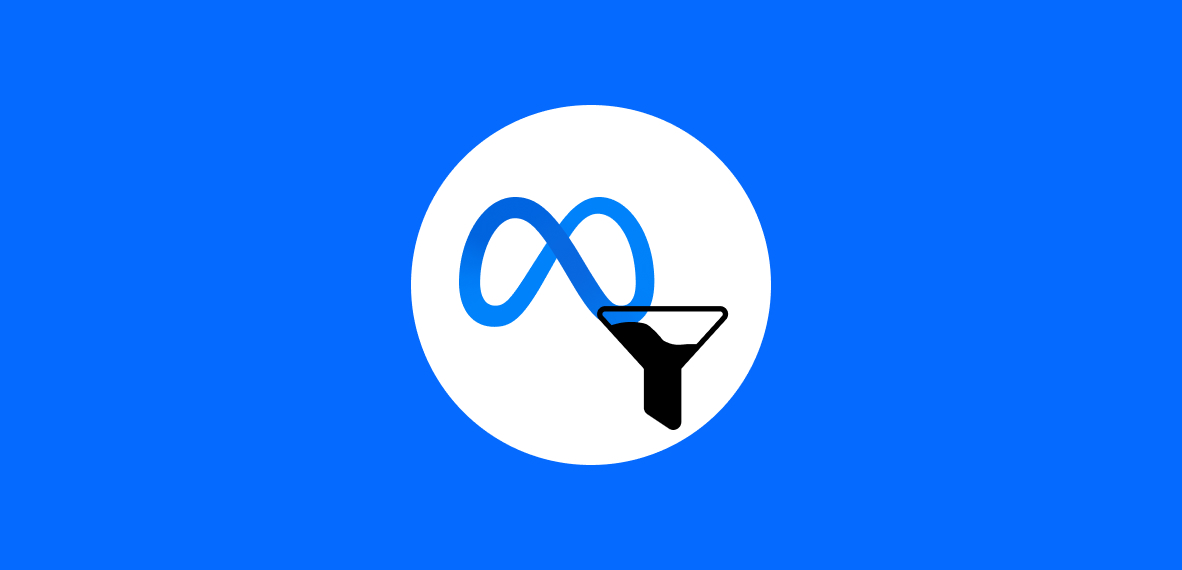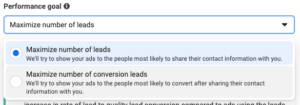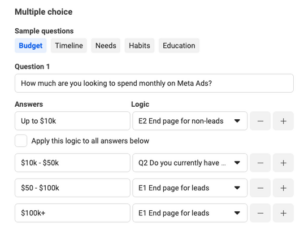
How to Optimize Meta Lead Forms for Higher Quality Leads
Improve conversion rate of your Meta on-platform lead forms with these tips.
Meta on-platform lead forms have a bad reputation for delivering lower-quality leads. However, I've had the opposite experience: utilizing on-platform leads has been a great way for me to decrease lead acquisition costs for my clients. And it makes sense - you're effectively reducing friction in the funnel by eliminating incessant variables.
The bad reputation that precedes on-platform lead forms is due to poor configuration. To help solve that, here are a couple of tips to increase the performance of on-platform leads.
1. Optimize for leads more likely to convert
One of the simplest mistakes I see with lead forms is configuring the wrong performance goal. In your ad set options, under the performance goal setting, the default setting will be to optimize for the maximum number of leads. While this provides a better CPL, your ads will never be trained toward providing higher quality leads - just a higher volume of leads.

By toggling on "maximize number of conversion leads" as your performance goal, you'll be prompted to connect your CRM to Meta. This would be the simplest route to adding lead events. However, if your CRM doesn't have that integration, you can send the events directly to the pixel (e.g., Zapier or Conversions API).
Choosing your conversion event
After sending events further down the funnel, you can choose which conversion event to use for lead optimization. The most obvious might be purchases, however, that might not always be the best option. Here are my recommendations for selecting the right event to optimize:
The event should happen within 28 days of the ad click
The event should happen frequently enough to provide data for Meta to optimize.
The event should be indicative of the lead's intent to convert.
An example of a good event for optimization might be an appointment booked. While an appointment being booked might not result in a customer, it shows intent to purchase and provides more signals than a purchase.
2. Use conditional logic to vet leads
Not all leads are created equal, so treating them as such doesn't make sense. That's why it's important to use conditional logic to map out different branches to funnel leads into.
By using conditional logic, you can use multiple-choice questions to do the following:
Direct someone to another question (short answer or multiple choice)
Direct someone to select a store location near them
Direct someone to book an appointment
Direct someone to a specific submission page upon completion.
End the form submission (do not allow someone to become a lead)
An example could be an agency that treats leads differently depending on their monthly ad spend.

If they answer that their ad spend is below that threshold, you can direct them to an end page for non-leads which means you won't receive them in your CRM and Meta won't count them as a lead in your campaign.
Inversely, leads with a higher budget are more valuable, so you direct them to a custom end page to have an agent call them rather than asking more qualifying questions.